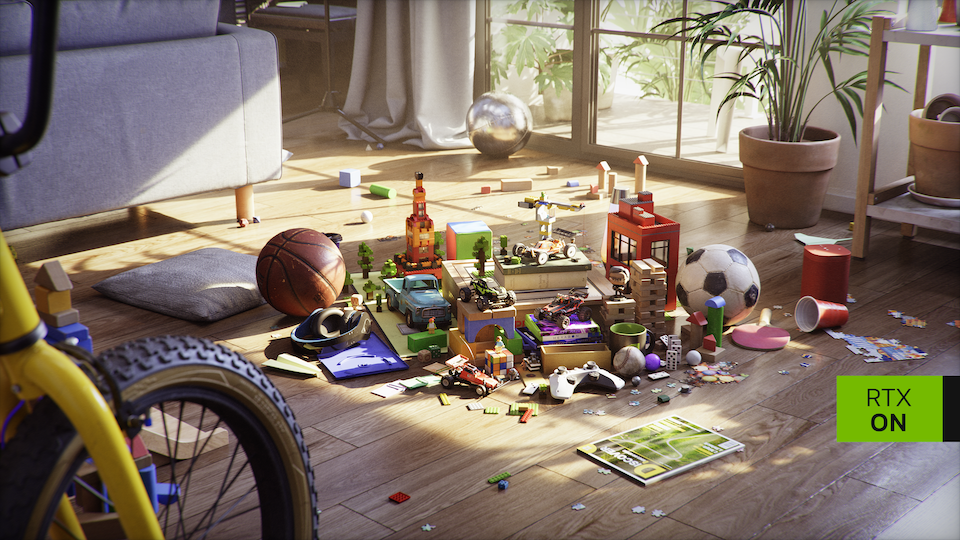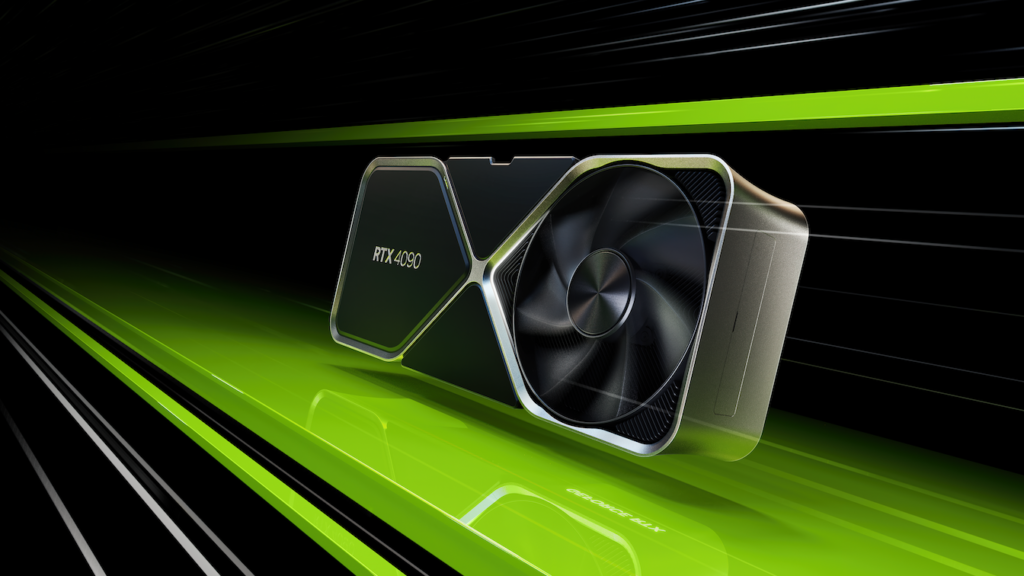NVIDIA’s GeForce RTX 30 series, which they fondly refer to as the Ampere architecture processors, were rather potent. At its introduction, it presented the largest generation leap in performance from its predecessors. There were a lot of excitement for the Ampere built GPUs because of the generational gap presented between it, and the older GeForce RTX 20 series GPUs. Then there is the GeForce RTX 40 series that was just introduced by Jensen Huang last night.
NVIDIA calls it the Ada Lovelace, and it builds upon the technologies presented in its predecessor, the Ampere platform. It is even more capable in its real-time ray tracing functions. It also packs enough power to run an artificial intelligence (AI) algorithm of its own for 3D rendering and processing. That also means this time, AI is involved in rendering the pixels you see on your display.
2X Performance
First up, you want to know how much faster the new RTX 40 series is compared to the RTX 30 series. In terms of ray tracing performance, the RTX40 is capable of up to 191 teraflops, nearly threefold of its predecessor. Its tensor cores are also capable of up to 1.32 petaflops, about five times the previous generation. But it is not just 3D rendering and ray tracing the gets the performance bump, you also get twice more NVENC decoders that allows the NVIDIA GeForce RTX 40 series to half video workload times.
How NVIDIA achieved these numbers is a little technical, so we might have to explore that in a different story. In short though, it is not like NVIDIA slapped twice more cores into their chip. They did put more cores into their processing chip, but they have also improved their RT cores with 4nm architectures (hence Ada Lovelace architecture). That results in an improved energy and thermal efficiency of their chips in their GPUs which also means they can push their cores even more than before. That also means that ray tracing performance is doubled over whatever that came before. Thanks to the new Micro-Mesh Engine, the new cores can also generate textures in greater detail than ever before without taking up performance and storage resources.
DLSS 3.0
DLSS (Deep Learning Super Sampling), we think, was a rather clever technology when it was introduced. While plenty of electronic giants in the home entertainment industry spoke at lengths about how upscaling is the future of television, NVIDIA took it to the next level with DLSS in gaming. You could, for example, play your games in 4K resolution while the GPU only needs to render the graphics in 1080p Full HD, for example. DLSS 2.0 was a major upgrade to the clever feature and made DLSS properly good and reliable. DLSS 3.0 make DLSS a must have feature.
Where the previous iterations of DLSS lack is speed. While DLSS 2.0 was fast, it lagged behind when you compare it to playing games at native resolution. The AI still must take its time to render each texture from each frame and upscale them to whatever higher resolution you want your games to play in. DLSS 3.0 allows the GPU to now render entire frames for an improved gaming experience, much faster than before. This is thanks to a rather powerful and clever neural engine packed into the GPU.

2X Video Rendering
Like we pointed out earlier, the NVIDIA GeForce RTX 40 is not just made for gaming. It is a powerful GPU made for the modern content creator too. For 3D artists, the added power and improved DLSS 3.0 makes rendering scenes and graphics on-site much faster than before. Ray tracing is much more accurate than before as well, allowing textures to be rendered more accurately and more lifelike over previous generation GPUS, and all of it can be done in real time, cutting production times.
Thanks to the inclusion of two eighth generation AV1 encoder, video editing suites gets an extra boost in power. That also means smoother real time rendering and scrubbing. It also means that videos gets rendered twice as fast now.
NVIDIA Broadcast also benefited from the dual encoders. Partners now have access to features like Face Expression Estimation, Eye Contact, and even more realistic Virtual Backgrounds. That also means you get better, more interactive video calls, or even better streaming graphics.
Introducing the NVIDIA GeForce RTX 4090 and RTX 4080

For now, NVIDIA has only introduced the flagship GeForce RTX 4090 and high-end GeForce RTX 4080. They say that the GeForce RTX 4090 is about twice as fast as the RTX 3090 Ti while maintaining the same TDP at 450W. There are 76 billion transistors and 16,384 CUDA cores you can find on the silicon fitted on the flagship GPU. It is fitted with 24GB of the latest, fastest GDDR6X memory too.
The GeForce RTX 4080 packs up to 9,728 CUDA cores and up to 16GB of GDDR6S memory. There is also a 12GB edition with 7,680 CUDA cores and 12GB in GDDR6X memory. They say that the 16GB variant is twice more powerful than the current GeForce RTX 3080 Ti and more powerful than the current GeForce RTX 3090 Ti while maintaining a lower power consumption.
Price and Availability
The NVIDIA GeForce RTX 4090 will be available in select regions from the 12th of October 2022 onward. Prices will start at US$ 1,599, US$ 100 more than the RTX 3090 when it was launched. The NVIDIA GeForce RTX 4080 16GB variant will retail for US$ 1,199 while the 12GB edition will go for US$ 899. Both NVIDIA GeForce RTX 4080 variants will be available only in November 2022. For more information on the new GeForce RTX 40 series, you can visit NVIDIA’s website.


















